This article explores Guangxi, one of the most important autonomous regions of the People’s Republic of China. We will look into its exact location, understand why it is important in China and we will discuss some of the major cities in Guangxi. Read on to learn more about Guangxi.
Where is Guangxi located in China?
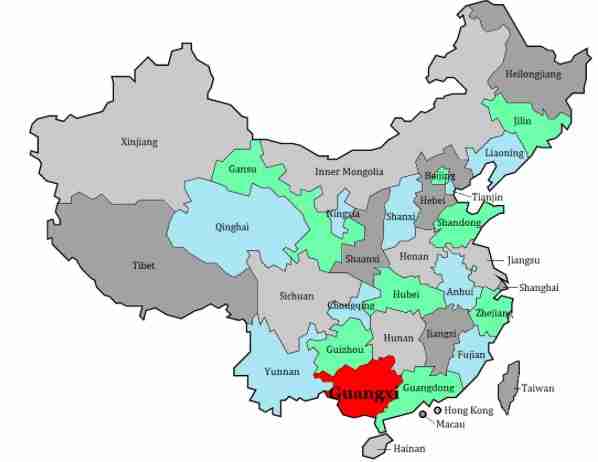
Guangxi is an autonomous region of the People’s Republic of China. It is located towards the southern part of China. It is bordered by Guangdong to the east and southeast, Guizhou to the north, and Yunnan to the west. It is bordered by the Gulf of Tonkin towards the south and Vietnam to the southwest.
Most parts of Guangxi are mountainous and very hilly. The highest point of Guangxi is Kitten Mountain, which is found in the Yuecheng Mountains. The northwest part of Guangxi features mountains such as Jiuwan, Nanling, Haiyang, Yuecheng, Duyang, and Fenghunag. Also, a part of the Yunnan-Guizhou Plateau is found on the north part of Guangxi. The Da Yao and Da Ming mountains are found towards the central parts of Guangxi. Towards the south eastern part of Guangxi are the Yunkai Mountains.
In addition to that, it is common to find Karst landforms, characterized by large subterranean caverns and steep mountains. It is also a home to several river systems that flow into different water bodies. Some of these river systems are the Xi River system, the Qin and the Nanliu River, and a number of tributaries that flow into the large Xiang River.
Why is Guangxi an autonomous region in China?
Generally, an autonomous region is considered a first-level administrative of the People’s Republic of china. Like all the provinces found in China, the autonomous regions have their own local government, but they have more legislative rights, such as the right to formulate self-government regulations and other separate regulations. Guangxi is one of these autonomous regions and it has played an important role in Chinese civilization.
During the Yuan Dynasty, it was given a provincial level status. For a while, it was the provincial capital of the Ming and Qing dynasty. As we went into the 20th century, it was considered an open and wild territory. It became an autonomous region in 1958.
Autonomous regions have the highest level of autonomous minority entity in the People’s Republic of China, which has a considerably high population of a specific minority ethnic group. In that regard, it has the largest population of China’s ethnic minorities. To be more specific, it has a large number of the Zhuang people, who make up about thrit two perent of the region’s population. While there are other ethnic minorities reside in Guangxi, they do not make up a large percentage of the population like the Zhuang do.
Why is Guangxi important in China?
Guangxi is an economic hub which actively contributes to China’s growing economy. For this reason, it is greatly valued by the People and government of China. In addition to that, it is considered one of China’s key production centers for nonferrous metals, and it holds about 1/3 of manganese and tin deposits in China.
Also, it is a major vehicle manufacturing center and is the main industrial center in China. It also has a large steel factors and other related industries that brings in economic benefits to the country. It is also considered among the energy-efficient provinces in China and the region hosts a number of tourist attraction sites. Also, it is an important agricultural base of China.
What language is spoken in Guangxi?
Guangxi is one of the linguistically diverse regions in China. In parts of eastern Guangxi, the local native language spoken is a dialect of Cantonese, which is also known as ‘Yueyu’ in pinyin Chinese. Also, the culture of the people in eastern Guangxi is influenced by the Cantonese culture. Outside of this area, there are several other ethnicities and many other language groups are well represented in other parts of Guangxi.
In addition to that, the entire population of Guangxi speaks standard Mandarin. In the capital of Nanning, about 3 varieties of Chinese are spoken by the locals; Yue (specifically Cantonese), Pinghua, and Southwestern Mandarin, in addition to other languages such as Zhuang and many others.
What is Guangxi famous for?
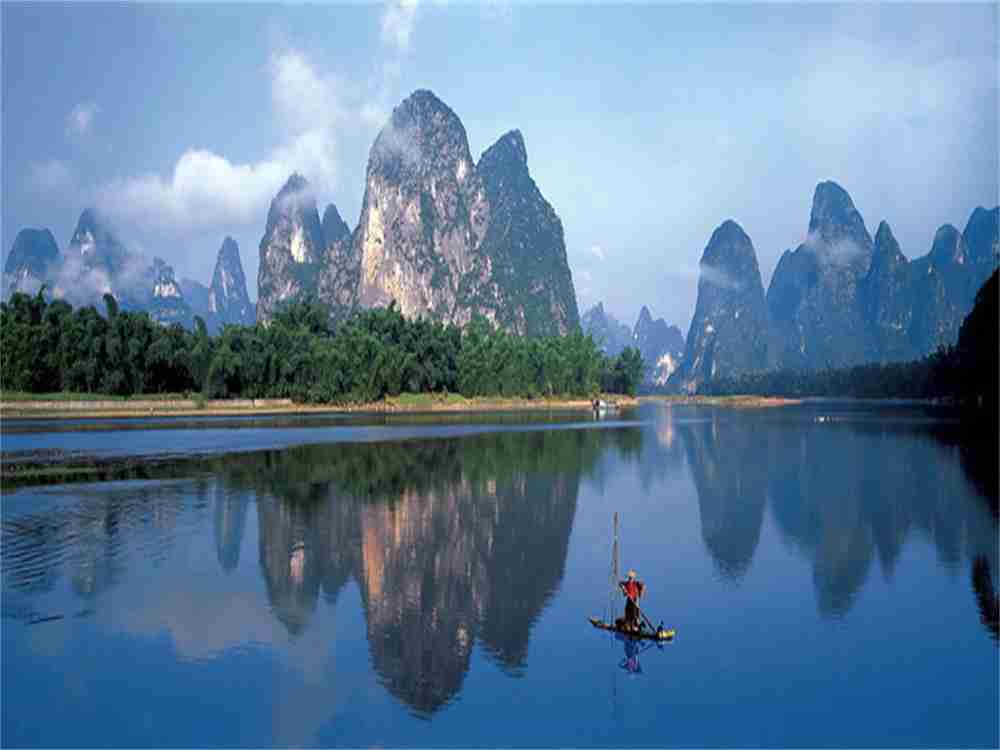
Guangxi is greatly valued for its beautiful natural landscapes and distinctively unique karstic rocks, such as the sublime and popular rice terraces of the Dragon’s back and the eye-catching waterfalls of the Detian found on the border with Vietnam. Also, the autonomous region of Guangxi is home to a large number of nature reserves, nature reserves and coastal landscapes with a lush touch of nature. The calming river walks and frequent visits of the minorities occupying the Guangxi region make the region culturally rich and natural.
Additionally, the border regions with Hunan, Vietnam, and Guizhou present very distinctive and cultural riches in a beautifully preserved atmosphere. Its landscape offers an adventurous Chinese experience. It is a mountainous region with a few plaints that offer a great tourist attraction. You can also find several karst peaks which were formed by erosions dating back to thousands of years, and these have attracted many tourists to the region. Also, Guangxi is famous for the Li River, which is often likened to a jade ribbon flying over atypical hills. We cannot forget to mention that Guangxi is famous for a history that goes back thousands of years and numerous dynasties.
Major Cities in Guangxi
Some of the major cities in Guangxi, which are;
- Nanning
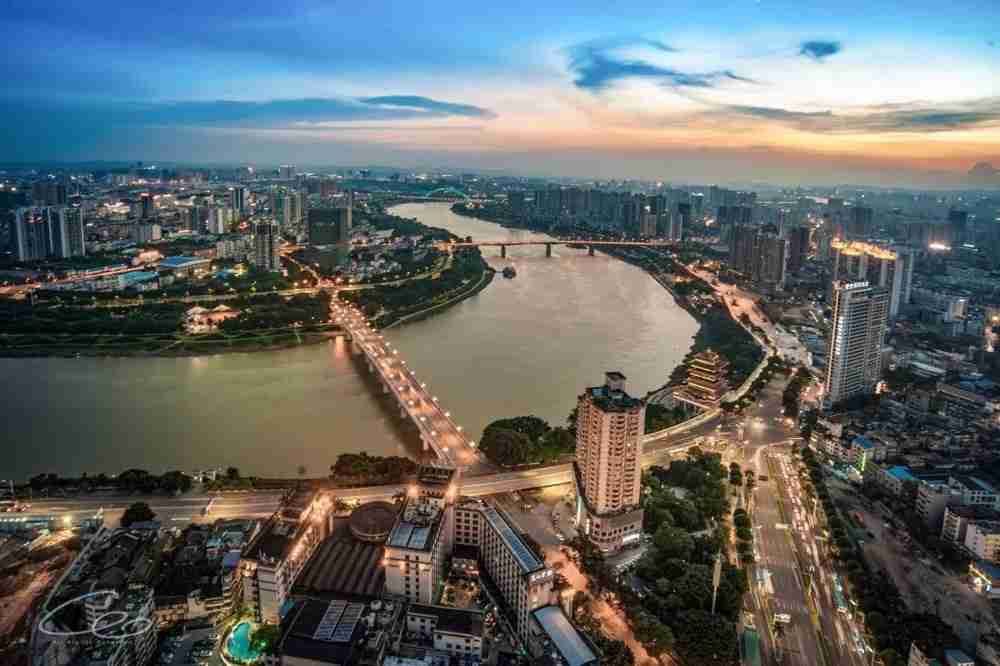
Nanning is the capital city of the Guangxi Autonomous Region and it is considered the largest city in the region by population. Because of the abundance of lush subtropical foliage in Nanning, it is popularly known as the ‘Green City’. It is located towards the southern part of Guangxi and it is surrounded by a slightly hilly area that has a warm and humid subtropical climate influenced by monsoon winds. Initially, it was a commercial and administrative center. Currently, it is considered an important financial, economic, and cultural center of Guangxi. It is home to several universities, including Guangxi Arts University, Guangxi University, Guangxi University for Nationalities, and Guangxi Medical University.
- Liuzhou
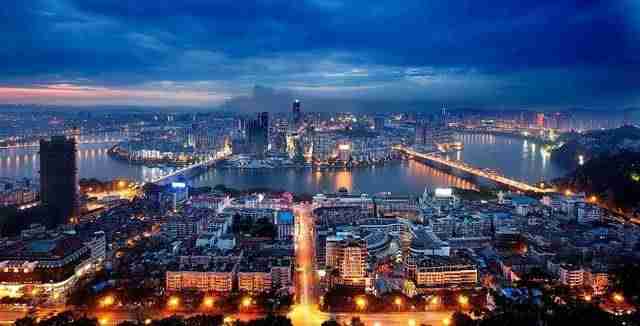
Liuzhou is a prefecture-level city located in the north-central part of the Guangxi Autonomous region. It is located on the banks of Liu River, in which the inhabitants of the city swim in as a tradition. The river is normally green, however, when it floods during the summer, the water turns yellow. Its landscape is a mix of mountain peaks, rolling hills, caves, and karst scenery. Also, the Liuzhou airport provides flights to major Chinese cities and has extensive rail connection to the rest of China.
- Guilin
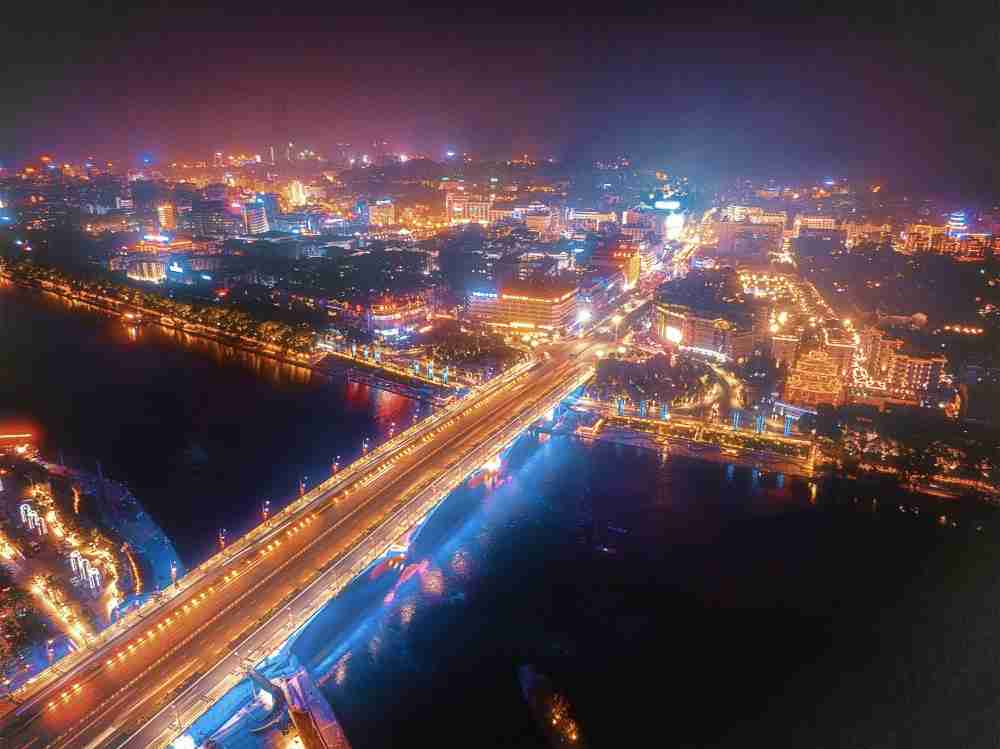
Guilin is another prefecture level city found in the north eastern part of the Guangxi Autonomous region. It features a large number of fragrant sweet osmanthus trees. For this reason, it is popularly referred to as the ‘forest of sweet osmanthus’. It is regarded as one of the most popular tourist destinations in China. It hosts the most high-speed rail stations out of all the cities found in China. Also, it is well-renowned for its snacks and the continuous use of spices in their food, especially chili.
- Beihai
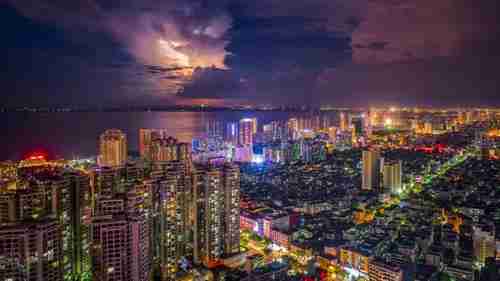
Beihai is also a prefecture level city located on the southern part of Guangxi. It is considered as a seaport on the north shore of the Gulf of Tokin. Because of this, it is an important port of international trade. It is also said to be one of the world’s fastest growing city, with a large shipyard that could actively contribute to its growing economy.
Guangxi Food/Guangxi Cuisine
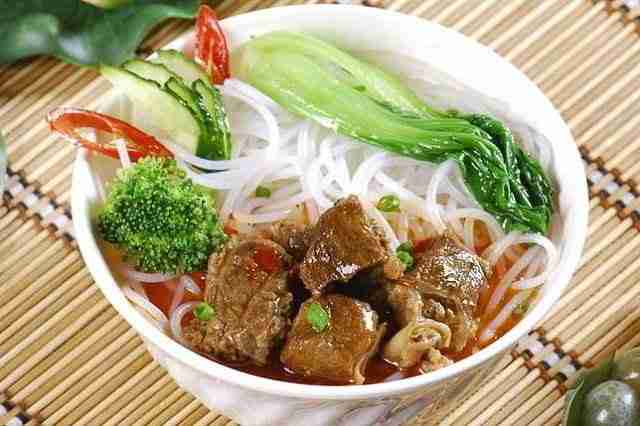
Guangxi features a cuisine that originates from Guangxi, China and it is completely different from all the other Chinese cuisines. It is known for borrowing elements of other cuisine styles than having its own distinct flavor. The Guangxi cuisine/food ranges from the Guangdong like cuisine to Huang cuisine. While it may be spicy, it isn’t really as spicy as the Sichuan cuisine. It is somewhat sour, but not like the Hunan cuisine. At the same time, the light foods aren’t as light as the Cantonese cuisine. The main reason why the Guangxi cuisine is diverse is because Guangxi has been greatly influenced by the Cantonese culture and its neighboring minorities, such as the Miao, Yao, Zhuang, and Bai people. That said, you will notice a huge difference between the city and the countryside cuisine.
Unlike many other southern Chinese cuisine styles, the Guangxi cuisine has more noodles than rice. The people of Guangxi tend to serve rice with every meal, but they use rice noodles to make their signature dishes. Their signature dishes are greatly influenced by the Li River, which is the source of key ingredients of Guangxi dishes. The Guangxi food menu has other key ingredients such as stuffed river snails, Taro looped meat, Beer fish, and Luosifen, which are all derived from the Li River.